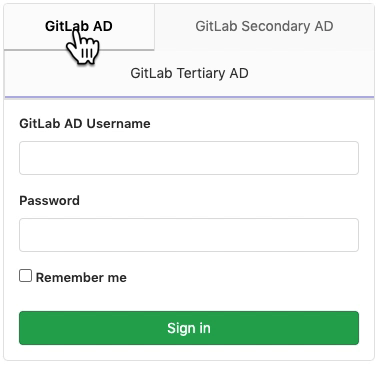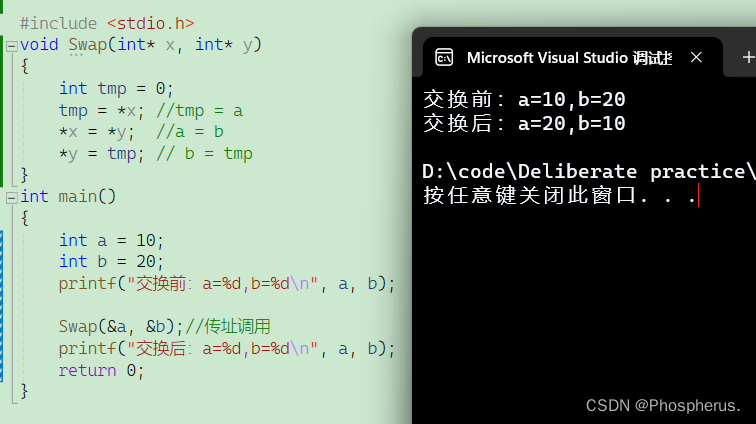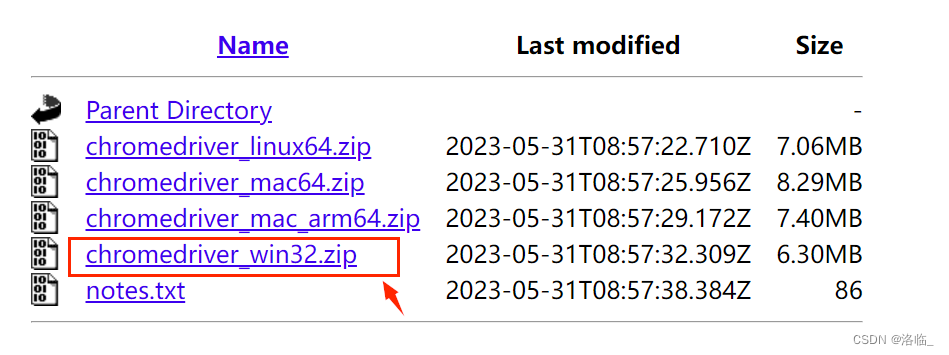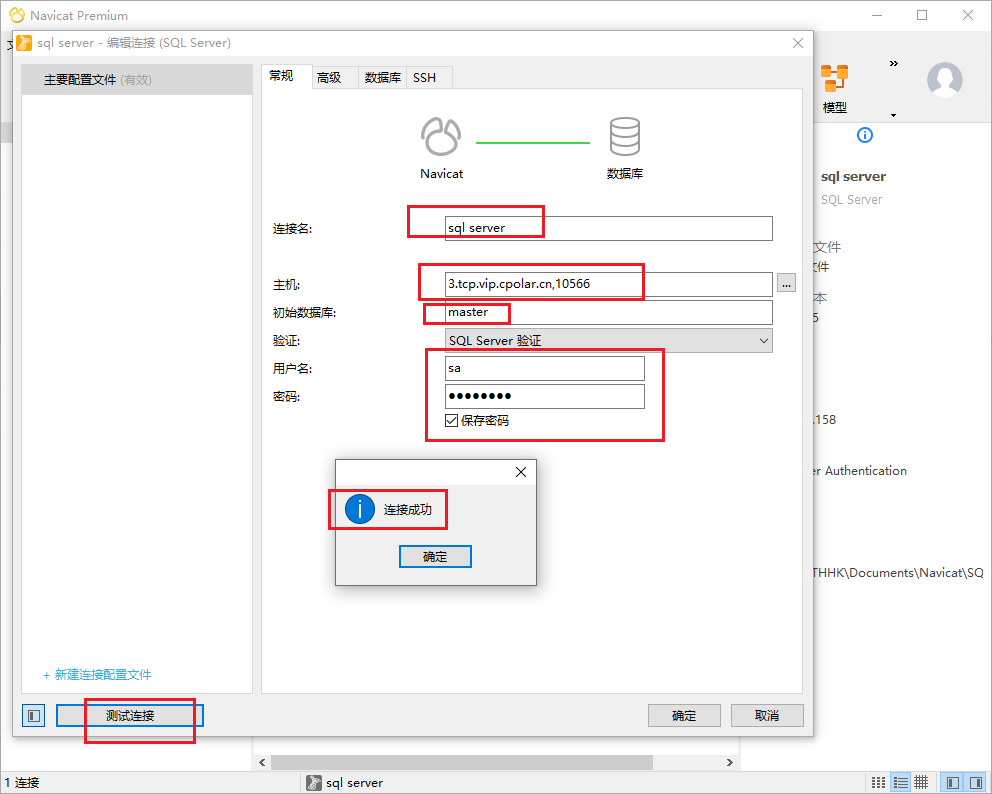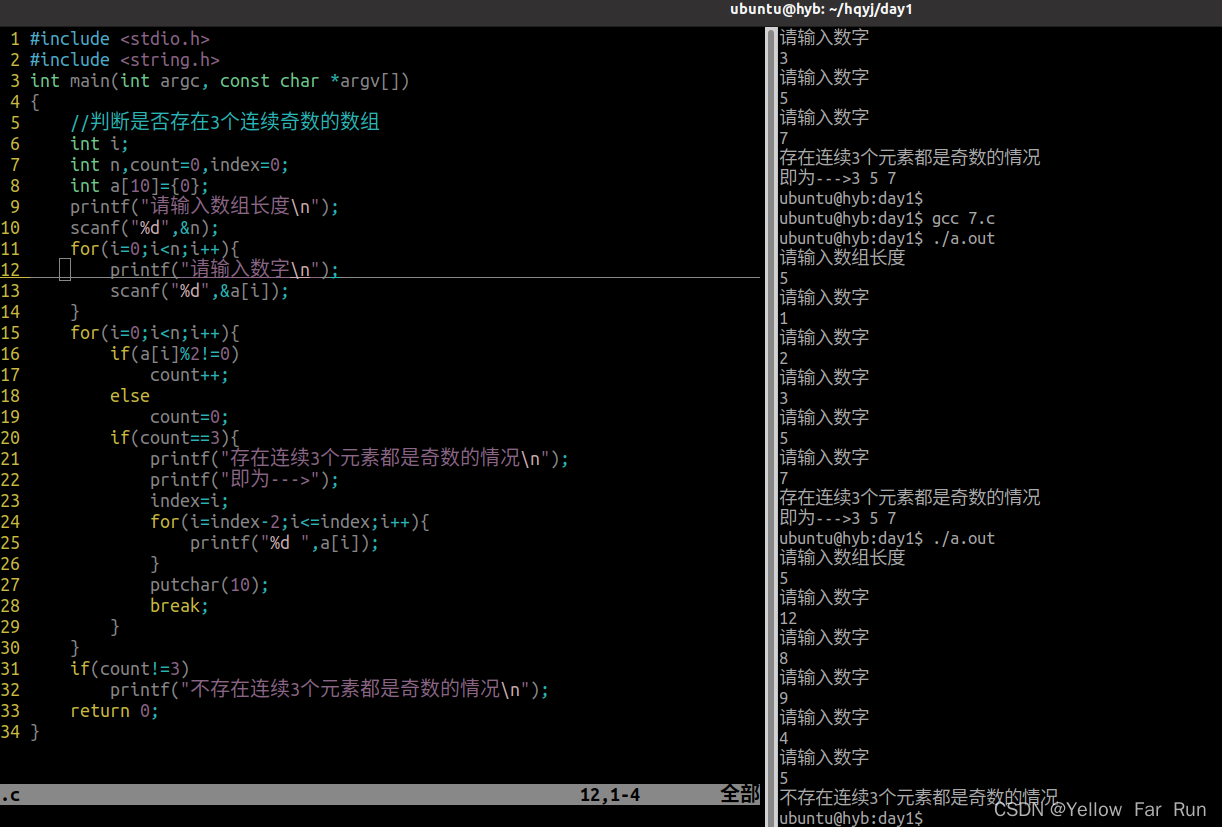文章目录
- 一、标记与扫描
- 1、标记
- 2、扫描
- 组件的beanName
- 二、自动装配
- 三、纯注解开发模式
- 1、创建配置类(SpringConfig)
- 2、加载配置类
- 3、测试
- 加载第三方配置文件.properties
- 使用@Bean配置第三方Bean
- 四、bean的作用范围与生命周期管理
一、标记与扫描
1、标记
①使用@Component注解标记的普通组件
②使用@Controller注解标记的控制器组件
③使用@Service注解标记的业务逻辑组件
④使用@Repository注解标记的持久化层组件
@Controller、@Service、@Repository这三个注解只是在@Component注解的基础上起了三个新的名字。
对于Spring使用IOC容器管理这些组件来说没有区别。所以@Controller、@Service、@Repository这三个注解只是给开发人员看的,让我们能够便于分辨组件的作用。
注意:虽然它们本质上一样,但是为了代码的可读性,为了程序结构严谨我们肯定不能随便胡乱标记。
2、扫描
①情况一:最基本的扫描方式[常用]
<context:component-scan base-package="com.iflytek"></context:component-scan>②情况二:指定匹配模式
这种模式只会扫描com.iflytek下的文件,不会扫描子包
<context:component-scan base-package="com.iflytek" resource-pattern="Book*.class"></context:component-scan>③情况三:指定要排除的组件
排除了使用@Controller注解注入的bean
<context:component-scan base-package="com.iflytek"><context:exclude-filter type="annotation" expression="org.springframework.stereotype.Controller"/></context:component-scan>④情况四:仅扫描指定组件
<!-- 仅扫描 = 关闭默认规则 + 追加规则 -->
<!-- use-default-filters属性:取值false表示关闭默认扫描规则 --><context:component-scan base-package="com.iflytek" use-default-filters="false"><!-- 只注入使用@Controller注解注入的bean --><context:include-filter type="annotation" expression="org.springframework.stereotype.Controller"/></context:component-scan>
组件的beanName
在我们使用XML方式管理bean的时候,每个bean都有一个唯一标识,便于在其他地方引用。现在使用注解后,每个组件仍然应该有一个唯一标识。
①默认情况
类名首字母小写就是bean的id。例如:SoldierController类对应的bean的id就是soldierController。
②使用value属性指定
eg:@Controller(value = (“bookController”))
二、自动装配
@Autowired:先根据类型装配,如果有多个相同类型的bean,再根据id装配
@Qualifier:指定名称,按照名称来查找,通常和@Autowired注解搭配使用
@Resource:默认按照名称自动装配,如果名称找不到的话,就按照类型动装配
1.定义一个service接口和两个实现类
public interface BookService {void getBook();
}@Service
public class BookServiceImpl implements BookService {@Overridepublic void getBook() {System.out.println("获取书本");}
}@Service
public class BookServiceImpl2 implements BookService {@Overridepublic void getBook() {System.out.println("获取书本2");}
}2、在BookController中注入这个BookService
@Controller
public class BookController {@Autowiredprivate BookService bookService;public void getBook(){bookService.getBook();
}}
这里肯定是注入失败的,因为有两个BookService的实现类
解决办法:① @Autowired+@Qualifie注解
@Controller
public class BookController {@Autowired@Qualifier(value = "bookServiceImpl2")private BookService bookService;public void getBook(){bookService.getBook();
}}②修改其中一个Service的id
@Service(value = "bookService")
public class BookServiceImpl implements BookService {@Overridepublic void getBook() {System.out.println("获取书本");}
}
@Service(value = "bookService2")
public class BookServiceImpl2 implements BookService {@Overridepublic void getBook() {System.out.println("获取书本2");}
}@Autowired注解其他细节
①标记在其他位置
[1]构造器
@Controller(value = "tianDog")
public class SoldierController {private SoldierService soldierService;@Autowiredpublic SoldierController(SoldierService soldierService) {this.soldierService = soldierService;}
[2]setXxx()方法
@Controller(value = "tianDog")
public class SoldierController {
private SoldierService soldierService;
@Autowiredpublic void setSoldierService(SoldierService soldierService) {this.soldierService = soldierService;}
②@Autowired工作流程

三、纯注解开发模式
没有配置文件ApplicationContext.xml文件
1、创建配置类(SpringConfig)
等同于ApplicationContext.xml文件
@Configuration
@ComponentScan("com.itheima.service.impl")
public class SpringConfig {}
使用@Configuration注解消除配置文件中的下面这段代码

使用@ComponentScan消除消除配置文件中的下面这段代码

@Configuration注解用于设定当前类为配置类
@ComponentScan注解用于设定扫描路径,此注解只能添加一次,多个数据请用数组格式
2、加载配置类
使用配置文件时:
ApplicationContext applicationContext=new ClassPathXmlApplicationContext("applicationContext.xml");使用纯注解开发后:
ApplicationContext ctx=new AnnotationConfigApplicationContext(SpringConfig.class);
3、测试
public static void main(String[] args) {ApplicationContext applicationContext=new AnnotationConfigApplicationContext(SpringConfig.class);BookService bean = applicationContext.getBean(BookService.class);bean.save();
}
加载第三方配置文件.properties
使用@PropertySource
在配置类中

使用占位符设置对应的值

如果要加载多个Properties文件
设置为集合的格式
@PropertySource({"jdbc2.properties"})
使用@Bean配置第三方Bean
并且不要写在SpringCongfig配置类中
创建一个JdbcConfig类
public class JdbcConfig {//1.定义一个方法获得要管理的对象//2.添加@Bean,表示当前方法的返回值是一个bean@Beanpublic DataSource dataSource(){DruidDataSource ds=new DruidDataSource();ds.setDriverClassName("com.mysql.jdbc.Driver");ds.setUrl("jdbc:mysql://localhost:3306/spring_db");ds.setUsername("root");ds.setPassword("20020630");return ds;}}
在配置类SpringConfig类中使用@Import导入这个类
@Configuration
@Import(JdbcConfig.class)
public class SpringConfig {}
四、bean的作用范围与生命周期管理
@Scope(“singleton”)单例模式
@Scope(“prototype”)非单例模式
生命周期:
@PostConstruct初始化
@PreDestroy销毁
注意:使用JDK11需要导入依赖坐标
<dependency><groupId>javax.annotation</groupId><artifactId>javax.annotation-api</artifactId><version>1.3.2</version>
</dependency>
使用举例:
@Componentpublic class BookServiceImpl implements BookService {public void save() {System.out.println("BookService!");}@PostConstructpublic void init(){System.out.println("初始化");}@PreDestroypublic void destory(){System.out.println("销毁前");}
}

